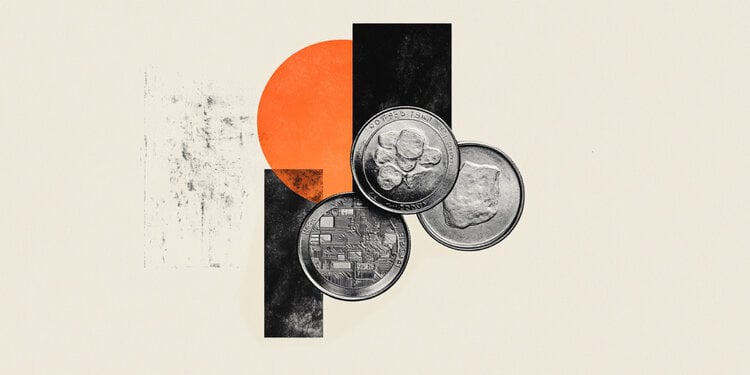Brazil is among the countries that most reduce the emission of greenhouse gases during the agricultural production processes, from planting to harvesting. This is the conclusion of a study released on Thursday (9) by the Institute for Applied Economic Research (Ipea), based on the projection of the United Nations Food and Agriculture Organization (FAO).
The report analyzed Brazil’s position in different sustainability indicators compared to seven major agro-exporters: Argentina, Canada, China, France, Germany, India and the United States.
The IPEA survey shows that, currently, with the same volume of emissions generated ten years ago, Brazilian agribusiness produces 2.1% more inputs. In practice, the study points out that, with current technology, “producing 1 kg of food in Brazil generates fewer emissions than in the past”.
Regarding the productive capacity of agriculture per unit of greenhouse gas emissions, Brazil is second only to Argentina, in the indicator between 1990 and 2020.
During this period, Brazil reduced the need for emission of these gases by 2.1%, while this reduction reached 3.1% in the neighboring country. Germany and India are nations that also figure in the top positions, according to Ipea.
“The world population has increased over the years and the demand for food has increased as well. Consequently, logically, it is necessary to expand the use of land for agriculture. If we used the technology of the past, we would have to clear a much larger area of forest than we are doing today. This shows the importance of adopting cutting-edge technologies”, explains José Eustáquio Ribeiro Vieira Filho, a researcher at Ipea.
The so-called forest-saving effect was another indicator used to compare countries’ ability to reduce the environmental impact of agricultural production. The index indicates the amount of land that the country is able to save, through technological and technical changes, maintaining or increasing food production.
According to IPEA data, in this regard, Brazil leads the ranking of the countries compared. In 2020, the index for the Brazilian national territory was 43.2%. Next comes India, with 34.5%.
However, in the evaluation of Ipea, the Indian performance was associated exclusively with agricultural production, while the Brazilian performance is explained by productivity gains in agriculture and livestock.
See the ranking of countries according to the save-forest index:
- Brazil (43.2%)
- India (34.5%)
- Argentina (13.8%)
- United States (8.9%)
- Canada (2.5%)
- France (2.5%)
- China (1.6%)
- Germany (1.4%)
harvest record
Data from the 9th Grain Harvest Survey of the National Supply Company (Conab), released this Wednesday (8), indicate that the 2022 crop should break a record, estimated at 271.28 million tons.
In 2020, the country had its biggest grain crop to date, with 257 million tons, according to IPEA data. In 2021, production was slightly lower than the previous year, at 255.5 million tonnes.
According to a technical note from Ipea, Brazil suffers a greater impact from food inflation than the rest of the world. While in the global harvest, inflation was 5.5% in the period between 2020 and 2021, in Brazil, this number doubles.
According to the report, the price pressure comes from “adverse shocks” such as the reopening of post-pandemic economies, high oil and energy prices, war in Ukraine and shortages of inputs from China.
Source: CNN Brasil







